Experience the Northern Lights in style with luxury, tailor-made Northern Lights Holidays in Sweden, Finland, Norway, and Iceland. Discover unforgettable Aurora Borealis tours designed just for you.
Northern Lights Holidays

All Northern Lights Holidays in Norway
Explore our handpicked luxury holidays in Norway with Off The Map Travel—chase the Northern Lights, cruise fjords, stay in glass cabins overlooking the sea and enjoy tailor-made Nordic adventures crafted just for you.
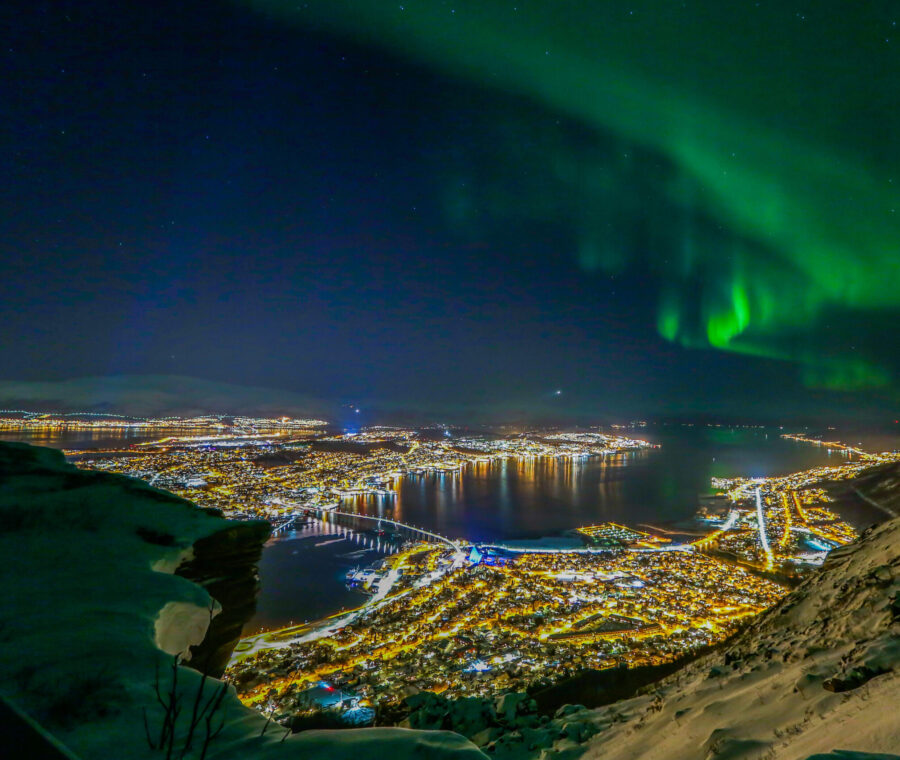
Tromso Experience
Arctic dog-sledding, Sami culture, fjord cruises & Northern Lights city escape—discover Tromsø’s best in one curated winter experience.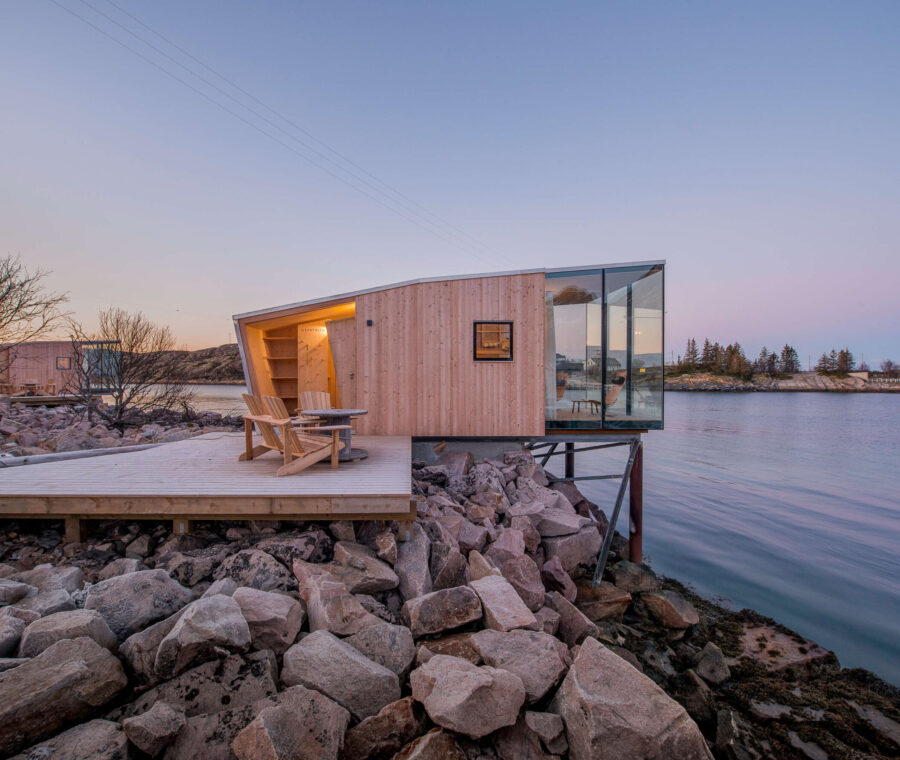
Aurora Sea Cabin Escape
Escape to Norway’s Arctic coast on the Aurora Sea Cabin Escape, a five‑night retreat offering secluded sea‑side cabins with fjord views.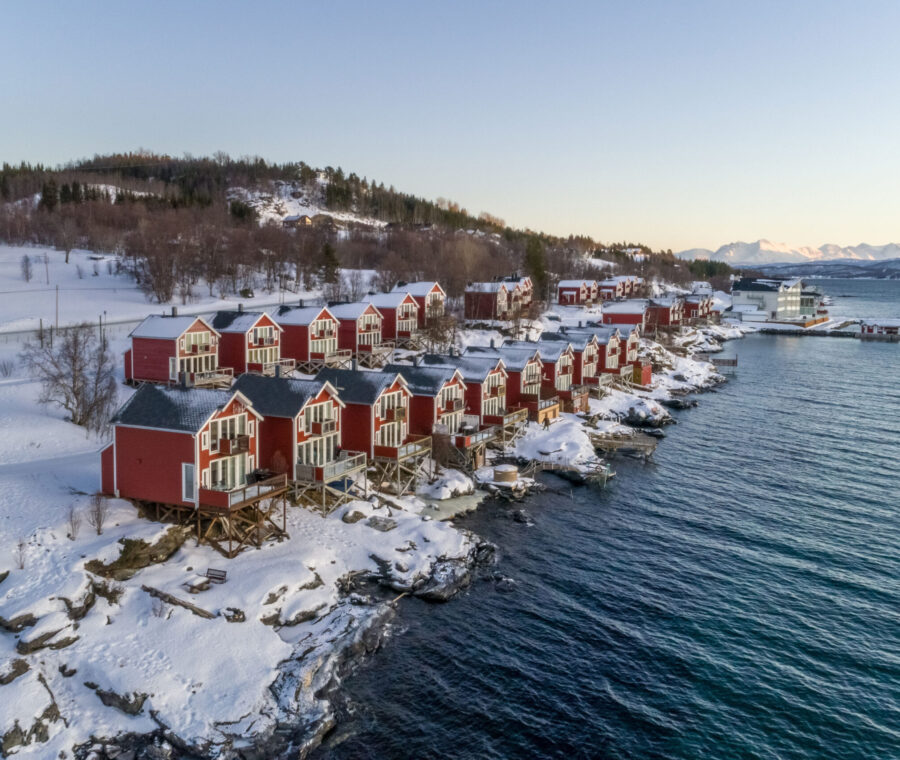
Tromsø and Malangen Winter Escape
Explore Tromsø and Malangen by snowshoe, sled and snowmobile, with Arctic wildlife, Sami culture and Northern Lights at every turn.
Isbreen the Glacier
A luxury Arctic hideaway beneath Norway’s glaciers with igloos, private snow adventures, gourmet dining and uninterrupted views of the Northern Lights.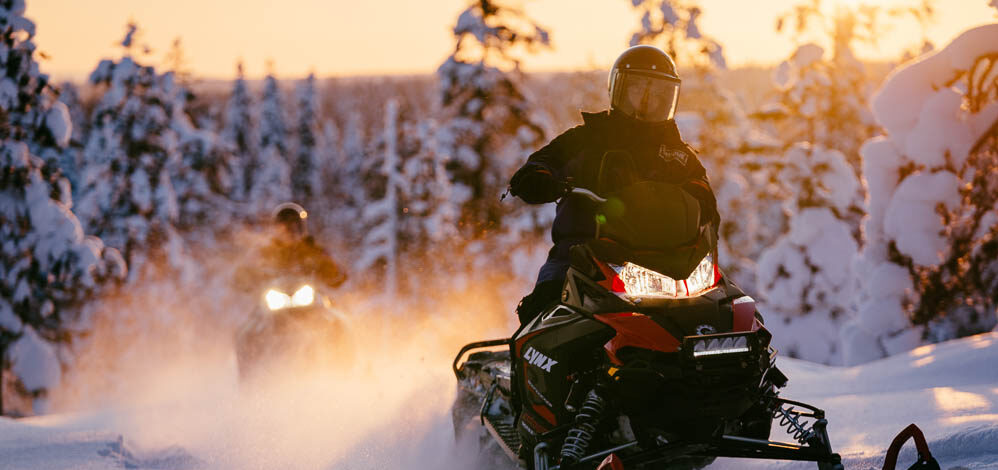
The Ultimate Arctic Aurora Journey
From Lofoten’s fjords to forest spas in Swedish Lapland, this luxury Arctic escape blends wild landscapes with warmth and wonder.All Northern Lights Holidays in Sweden
Discover handpicked luxury holidays in Sweden with Off The Map Travel—witness the Northern Lights, stay at the famous Icehotel, and enjoy tailor-made Nordic adventures year-round.
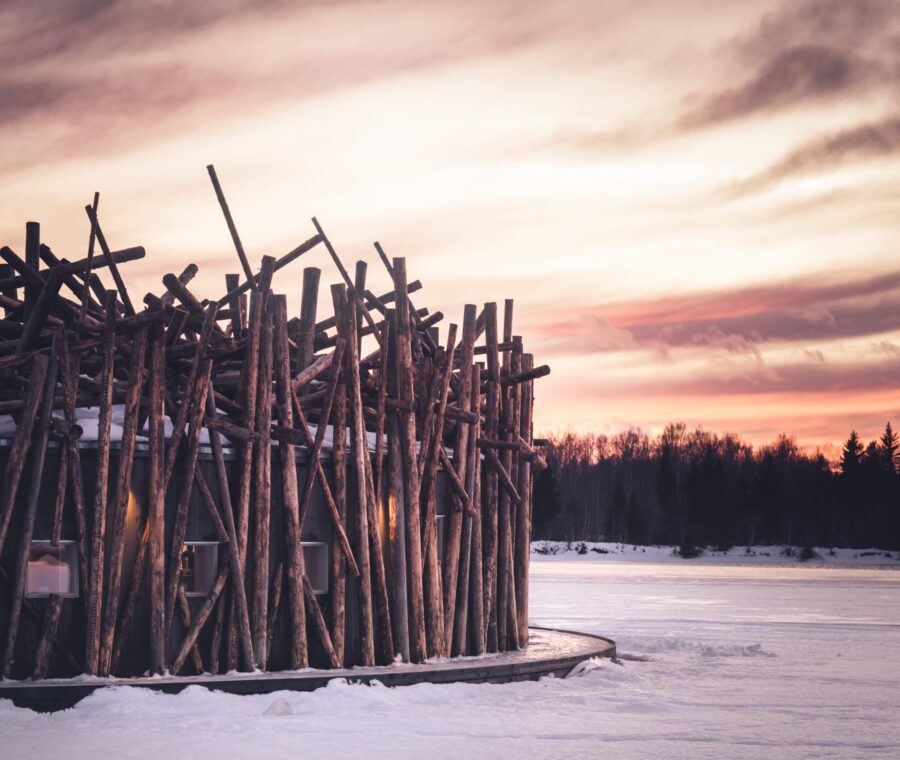
Arctic Bath Indulgence
Spa, saunas, Nordic cuisine and floating cabins under Arctic skies—recharge with this luxury wellness escape in Swedish Lapland.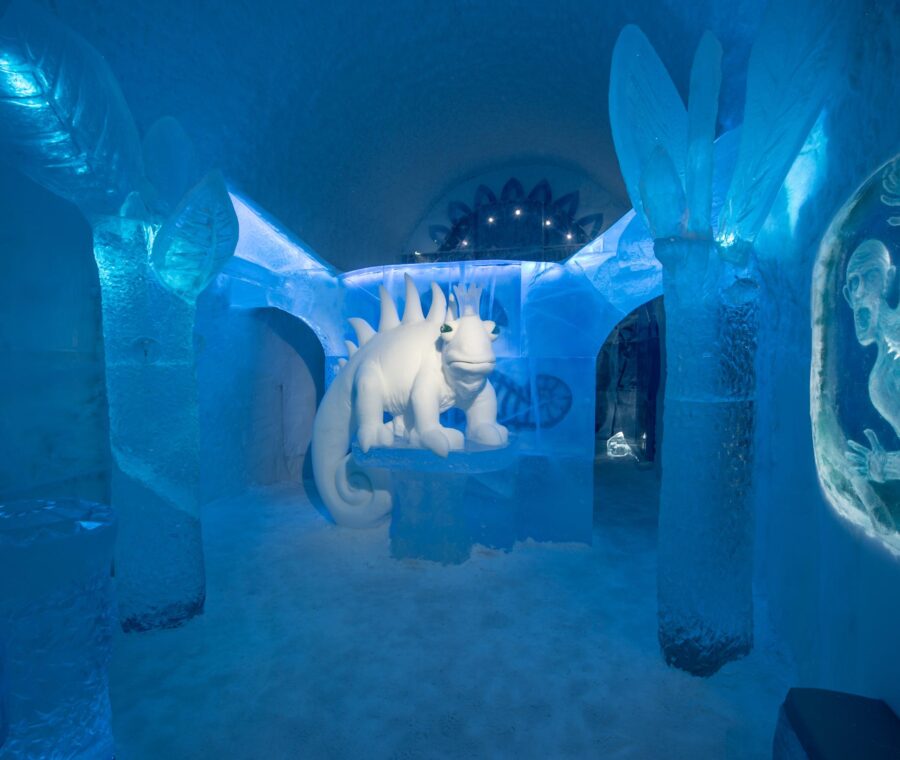
Arctic Icehotel Adventure
Stay in ice suites, snow hotels and glass igloos across Finland, Sweden and Norway—6 days of Auroras, Arctic design and adventure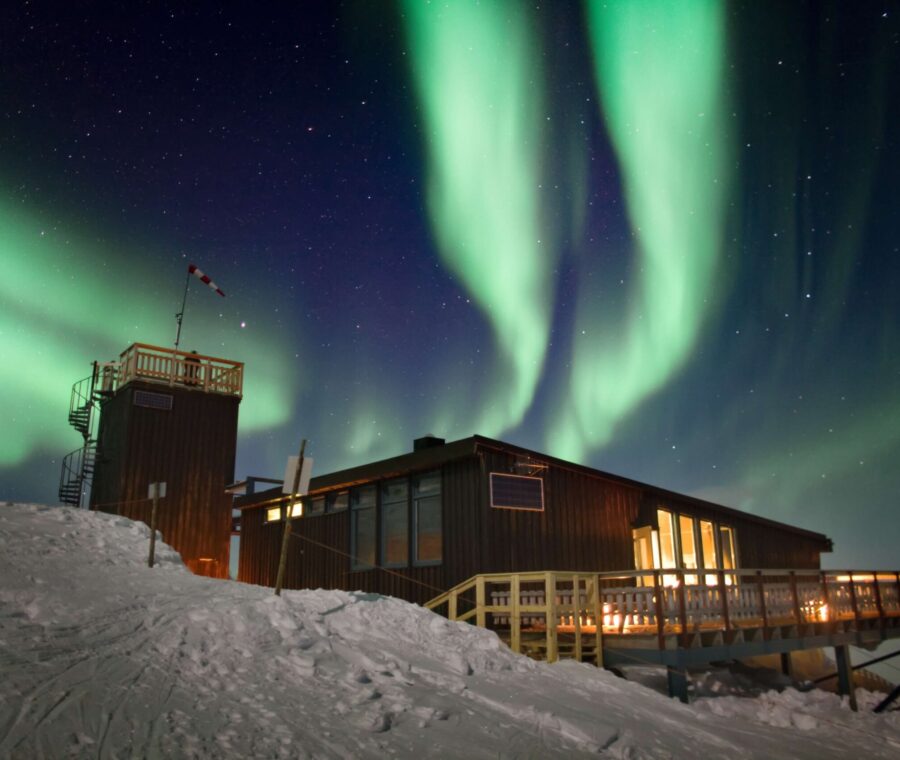
Abisko and Narvik
Arctic Sweden to Norway: snowshoeing, ice-fishing, reindeer sleigh, fjord cruise and cable-car peaks—6 days of epic Northern Lights adventures.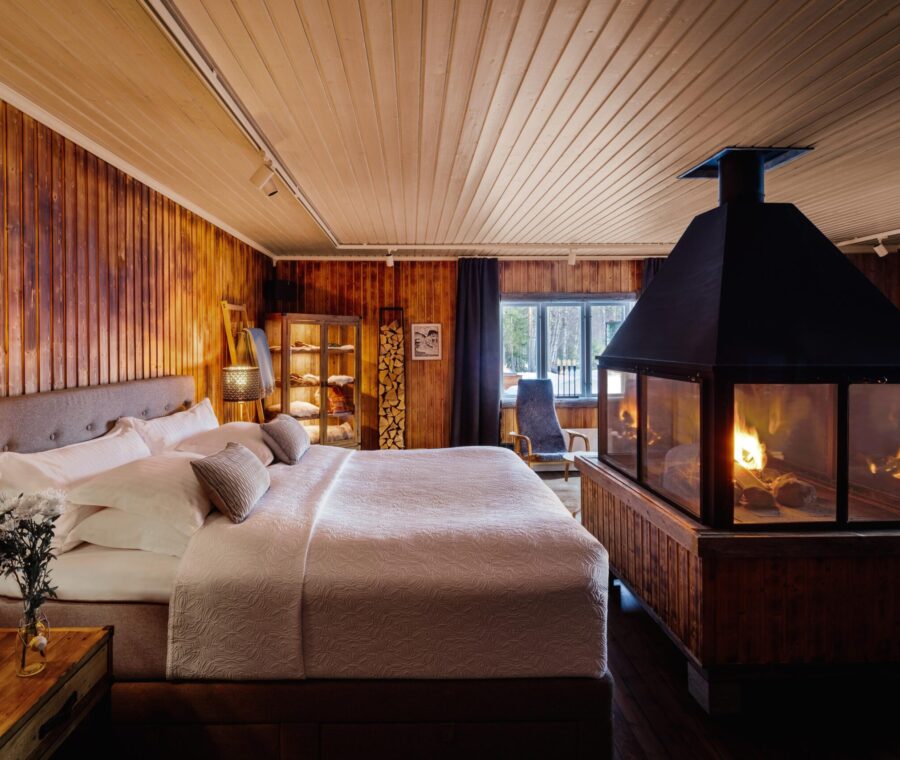
Arctic Escape: Body, Mind and Soul
Snowshoe, yoga, sauna, Sami healing & lakeside cabins under the Northern Lights—an Arctic wellness retreat to reset body, mind and soul.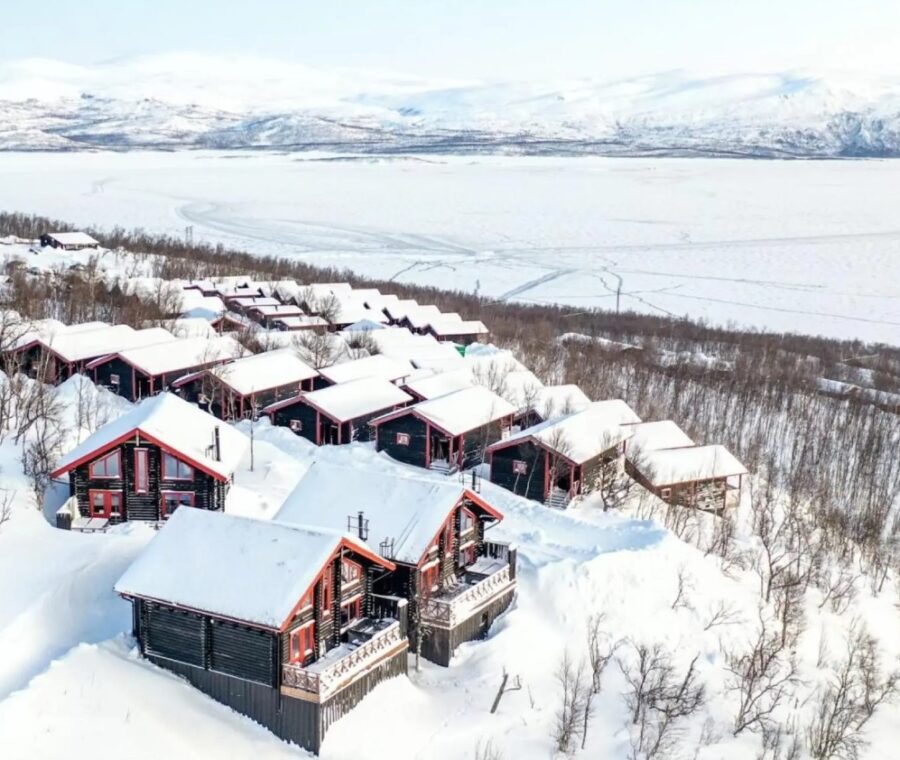
Björkliden Mountain Resort
North of the Arctic Circle, mighty mountains and magnificent views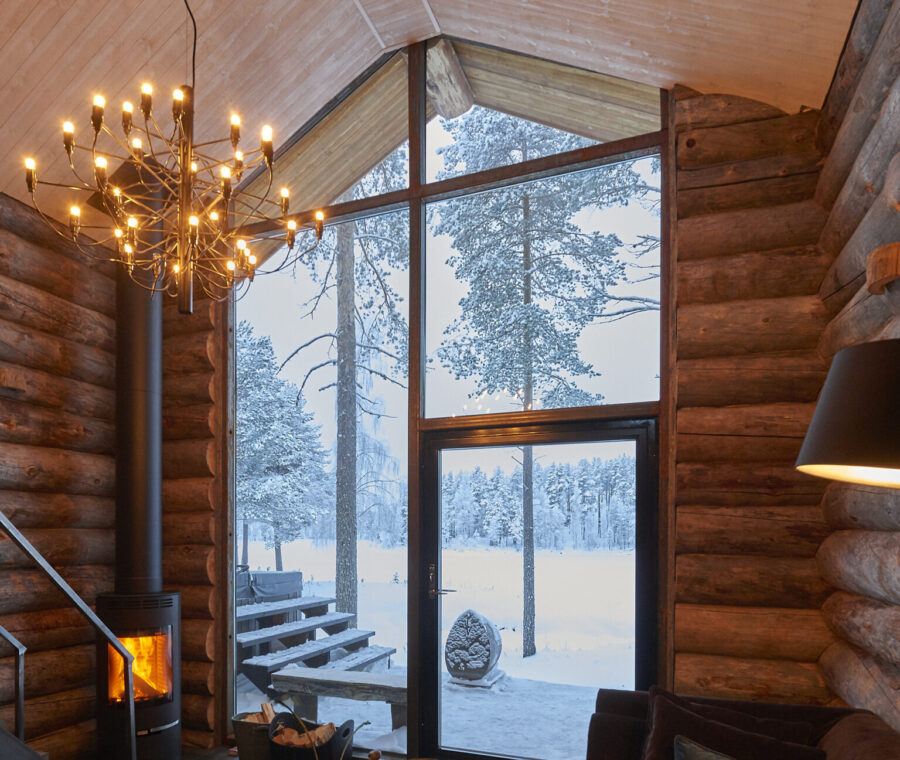
Luxury Winter Escape to Swedish Lapland
Lapland magic meets urban elegance: snowmobile safaris, Northern Lights tours and stays in Sweden's winter wonderland.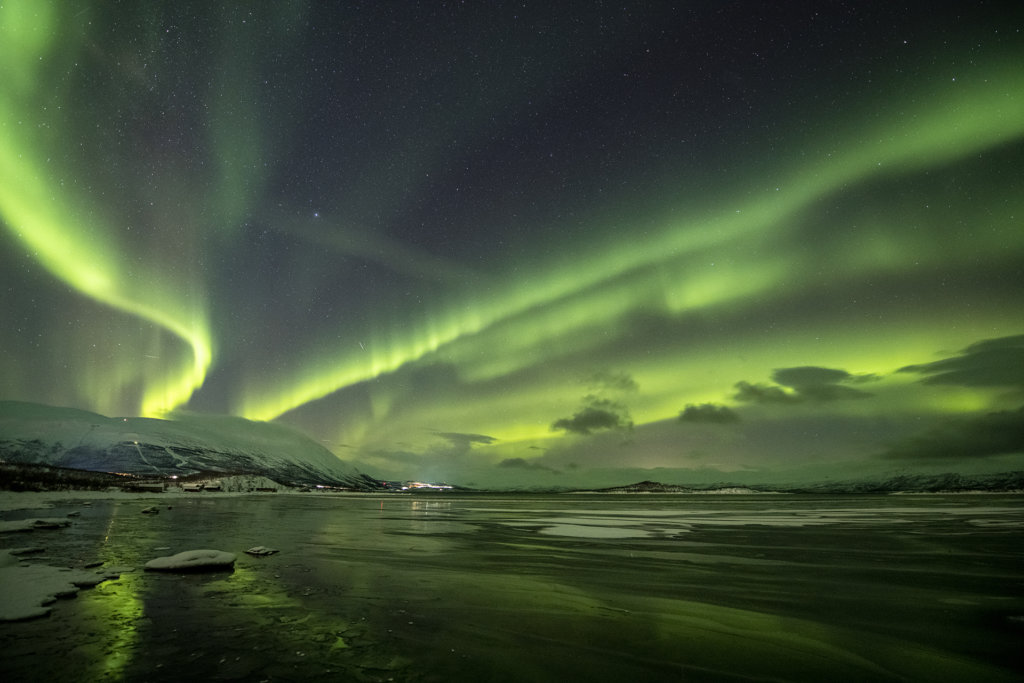
Winter Auroras in Abisko
A bespoke Arctic adventure under the Northern Lights.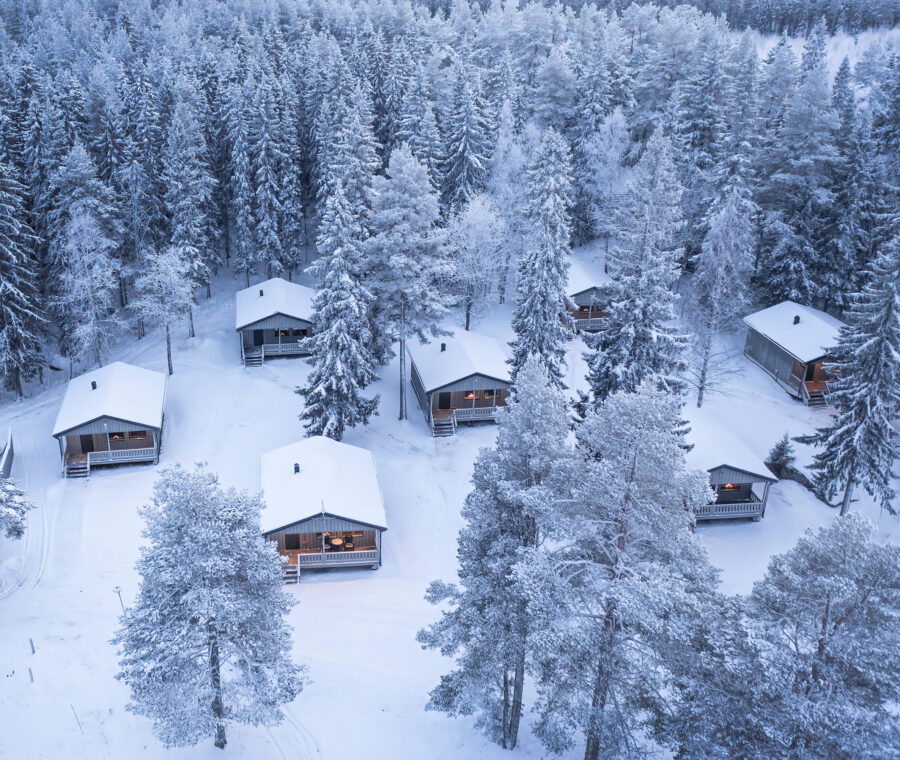
Family Adventure Holiday in Lulea, Sweden
Family log cabin holiday in Luleå with hovercraft ride, snowshoeing, ice‑fishing, Sami crafts and Northern Lights—an Family adventure holiday for all ages.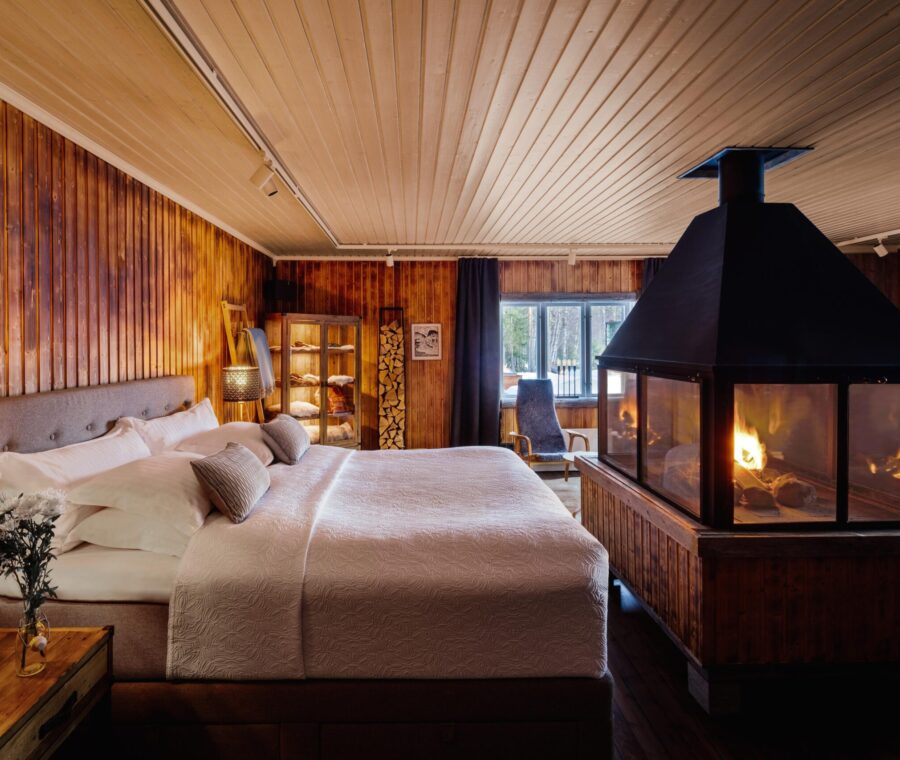
Loggers Lodge Luxury Escape
Luxury Glass Cabin in Sweden. set deep into the forest with gourmet meals, foraging, sauna, hot tub and the Northern Lights.All Northern Lights Holidays in Iceland
Experience handpicked luxury holidays in Iceland with Off The Map Travel—chase the Northern Lights, explore glaciers, soak in hot springs, and enjoy tailor-made private Golden Circle Tours.
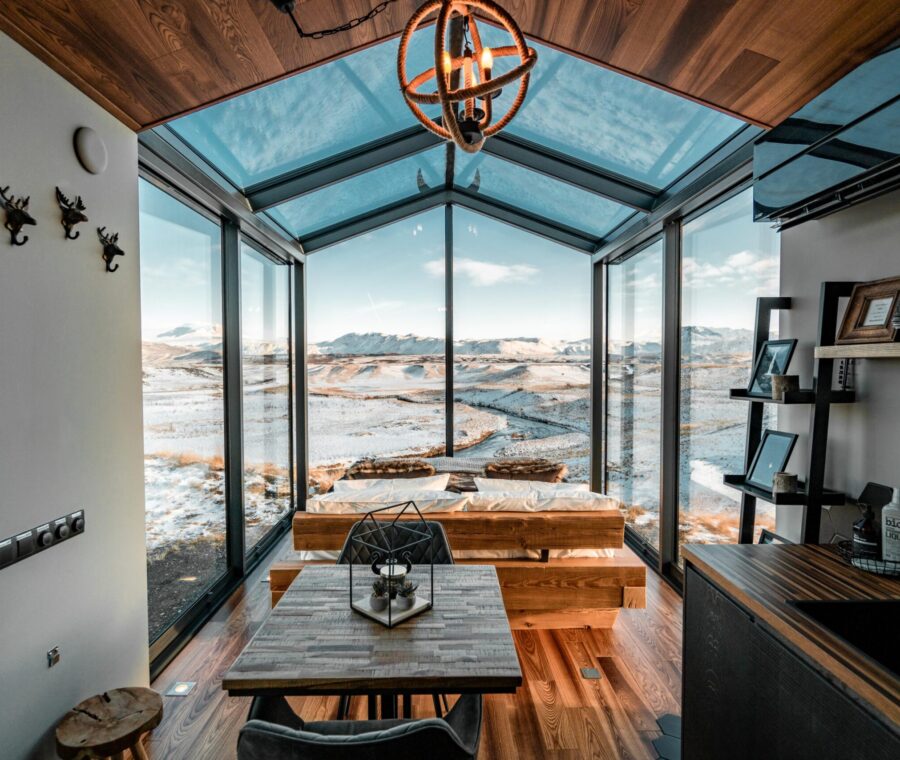
Panorama Glass Lodge in Iceland
Panorama Glass Lodge in Iceland allows you to get immersed in Iceland’s most dramatic landscape.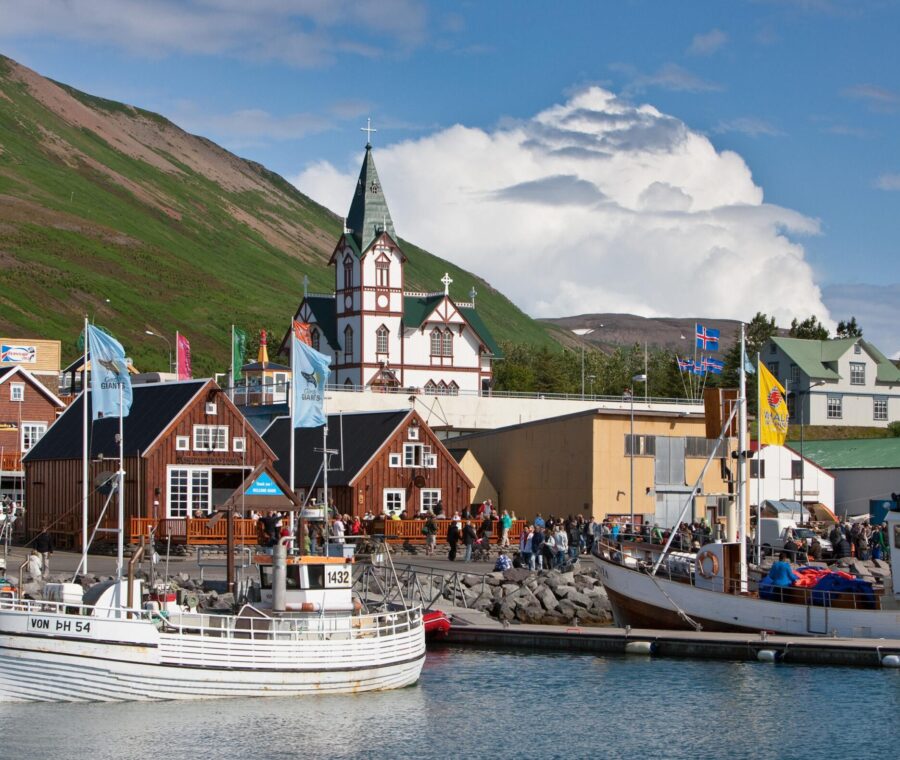
Reykjavik & Akureyri
This short break in Iceland will help you discover the relaxing Sky Lagoon, and explore Iceland’s southern coast with a private guide.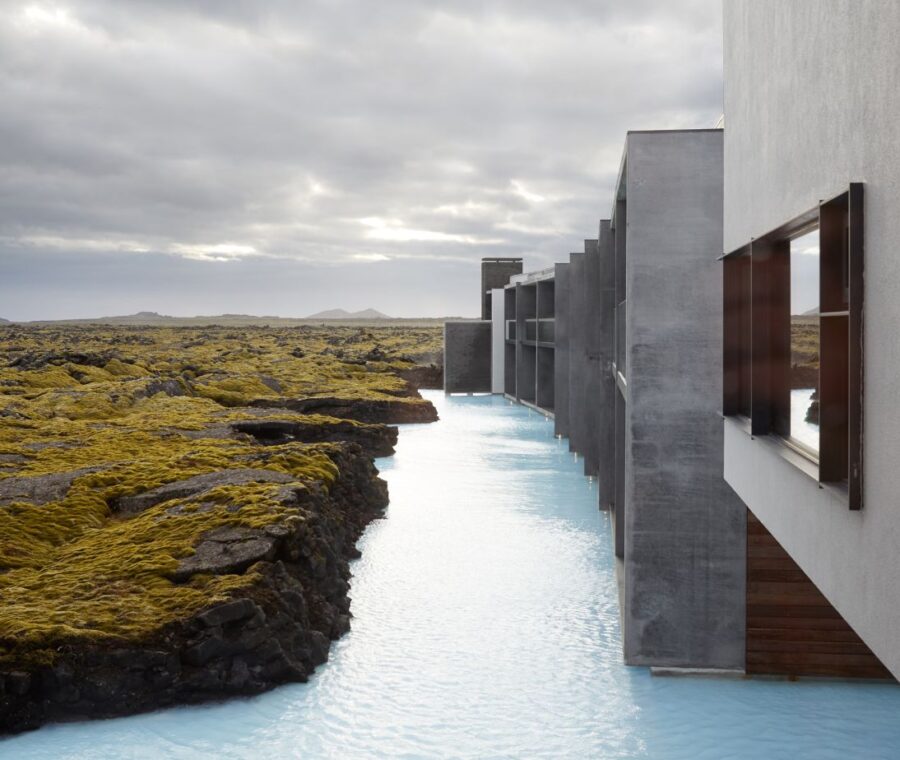
Icelandic Spa Retreat
Five-star hotels, private guided transfers, helicopter excursions, and some of the finest dining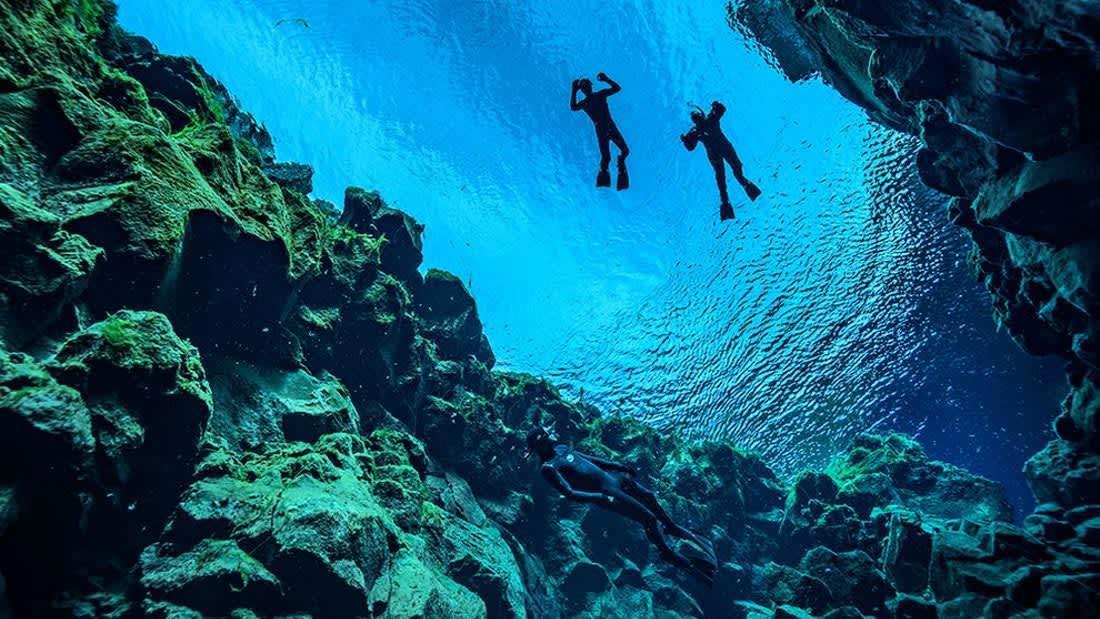
Luxury Active Iceland
The perfect balance of activity and adventure, with luxury accommodation and your own private chef.All Northern Lights Holidays in Finland
Enjoy handpicked luxury holidays in Finland with Off The Map Travel—see the Northern Lights, meet Santa, stay in glass igloos, and explore exclusive use retreats in the forests.
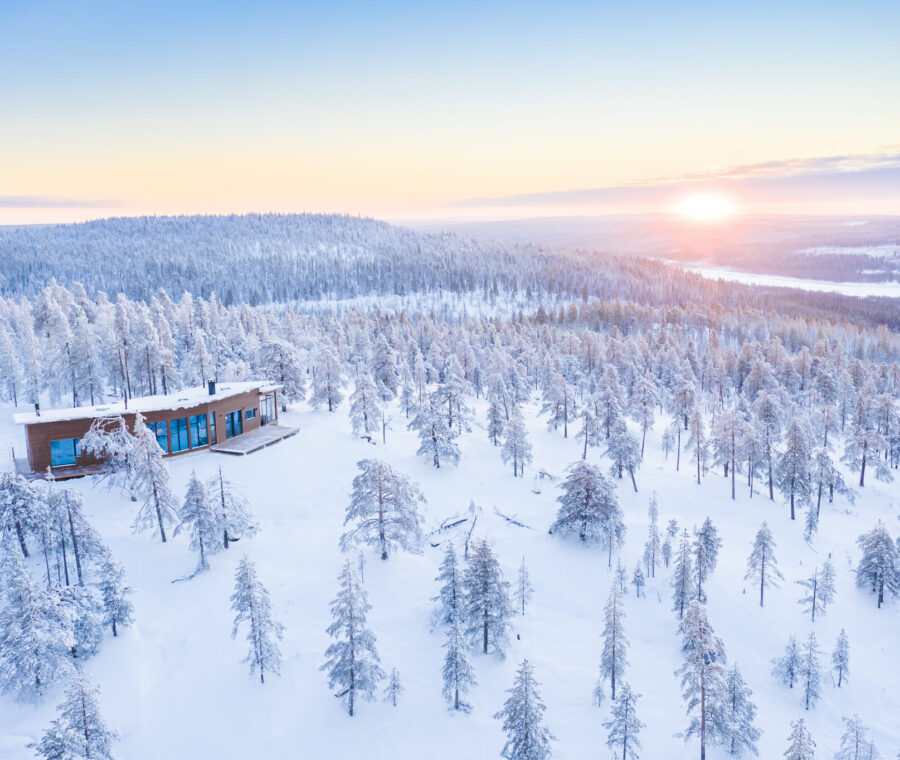
The Finnish Dream
The Finnish Dream is ideal for those seeking a luxury Lapland holiday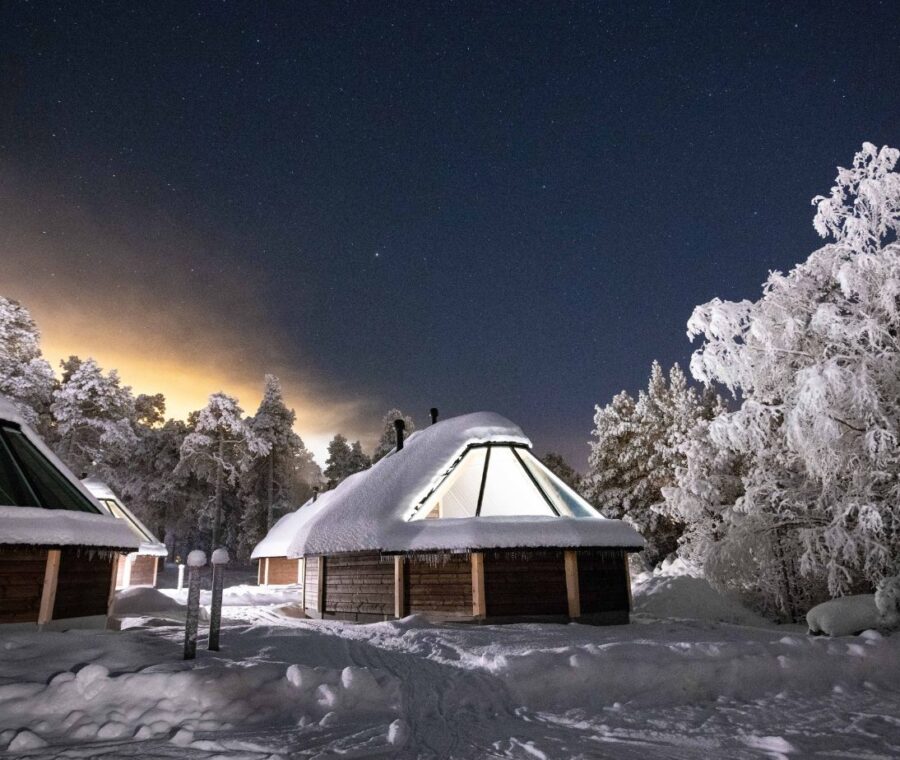
Aurora Escape
Relax in luxurious, wood‑panelled accommodation with open fireplaces and outdoor hot tubs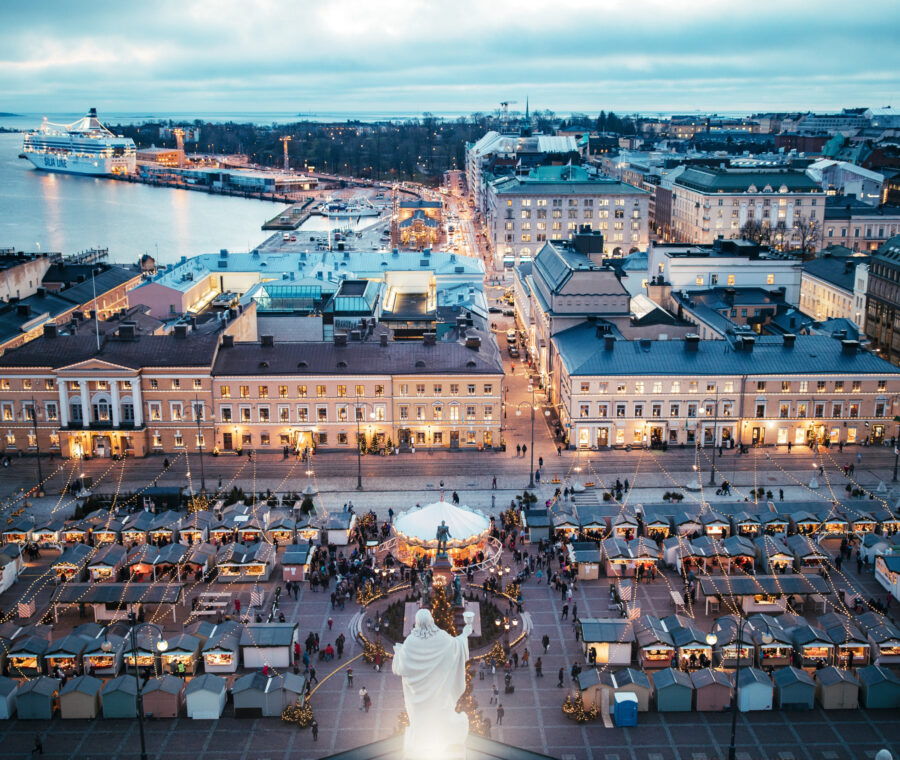
Helsinki Christmas City Break
Explore the Christmas markets, enjoy a guided tour and experience some delicious food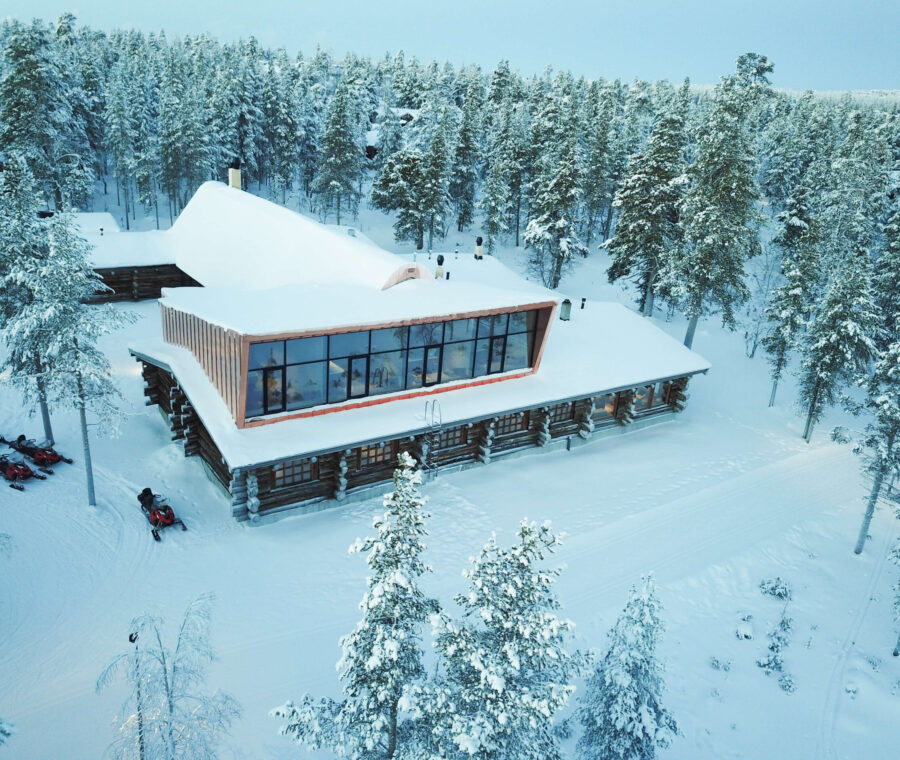
Finnish Lapland Luxury Escape
Discover the best of Finnish Lapland on this 5‑night luxury Arctic escape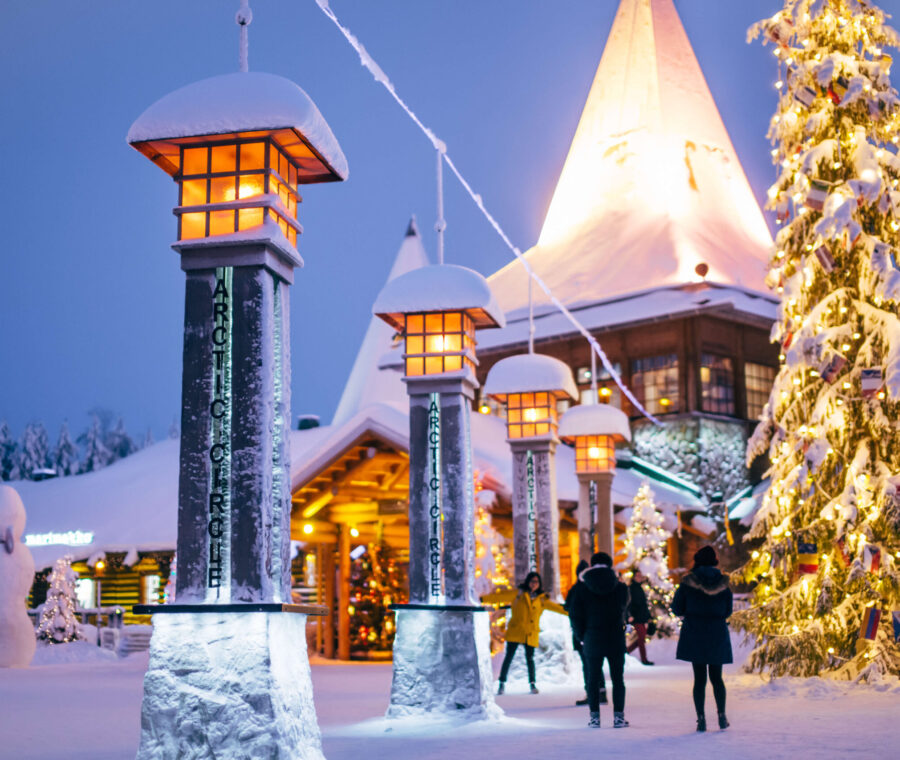
Family Adventure in Rovaniemi
A magical Christmas itinerary for you and the whole family at Santa Claus village.Luxury Northern Lights Holidays
If seeing the Northern Lights tops your bucket list, Off the Map Travel are your go-to experts for tailor-made Aurora adventures. Experiencing the Northern Lights for the first time is nothing short of magical. Whether you’re planning a romantic winter escape, a family adventure, or a once-in-a-lifetime trip with friends, we’re here to create memories that will last forever.
Imagine standing in complete silence on a mountaintop, or racing through snowy forests on a snowmobile, as the sky lights up above you. With Off the Map Travel, your Northern Lights holiday is designed around you. From unique luxury accommodation and personally guided Aurora tours, to private chefs serving exquisite local cuisine, helicopter flights over icy landscapes, and indulgent spa experiences—every detail is thoughtfully curated to make your trip unforgettable.
Our experienced team of Nordic Experience Curators have personally explored every destination we offer. They’re ready to share their insights, answer your questions, and design a bespoke Northern Lights itinerary just for you. With expert guidance and a passion for exceptional travel, we’ll help turn your Aurora dreams into reality.
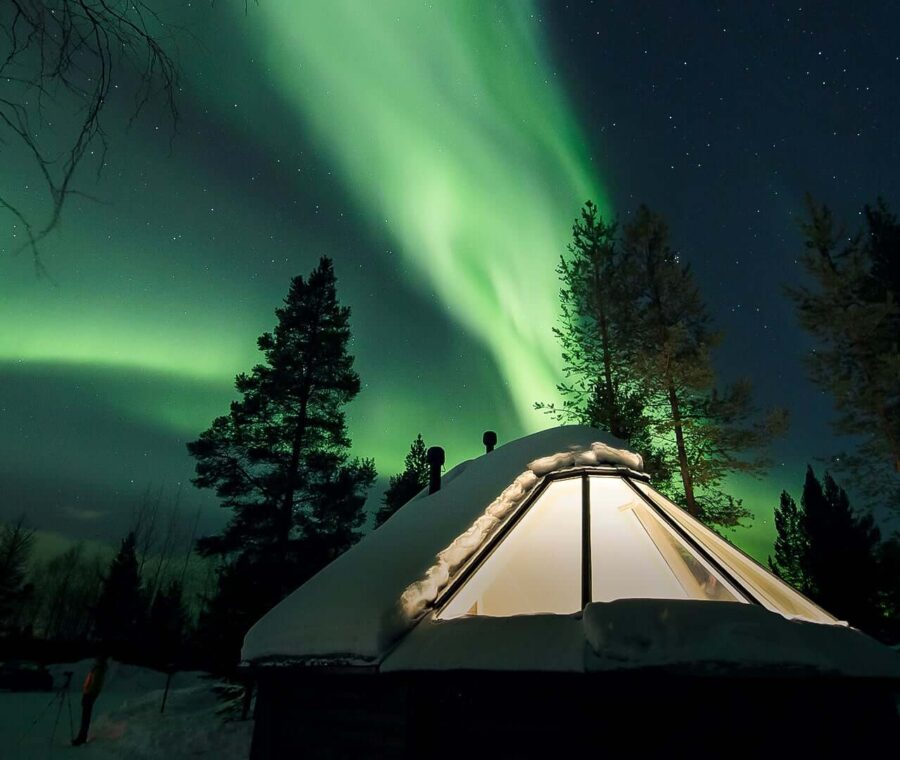
Finland
Staying in Lapland in Finland during the winter season is an adventure.
Iceland
Experience the beauty of Iceland, with our unique Northern Lights holidays.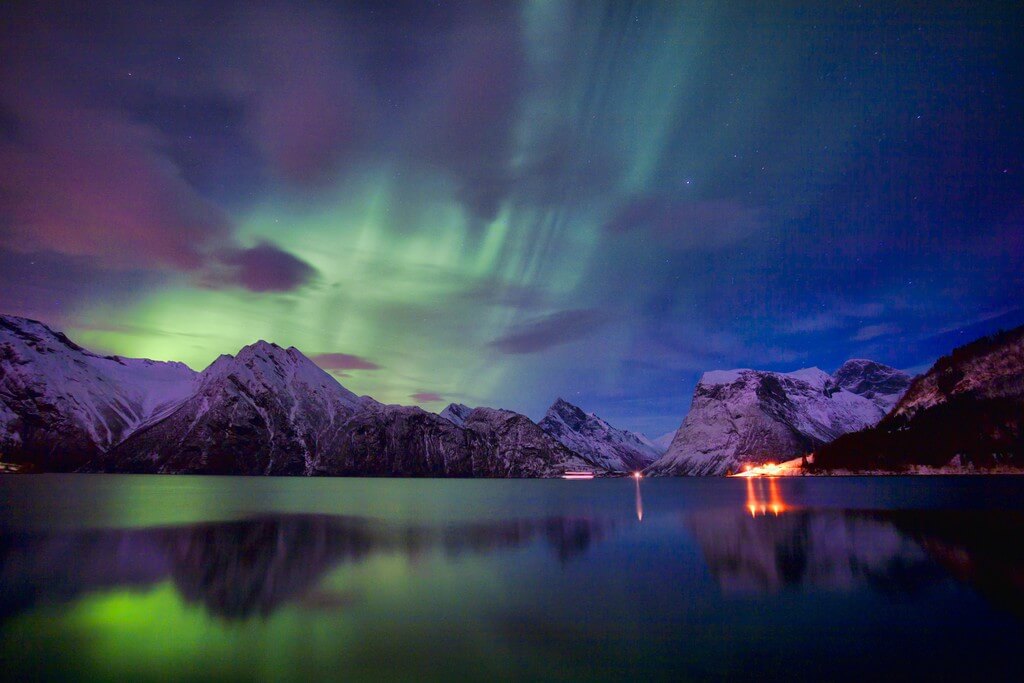
Norway
Norway is a fantastic winter destination to go hunting for the Northern Lights.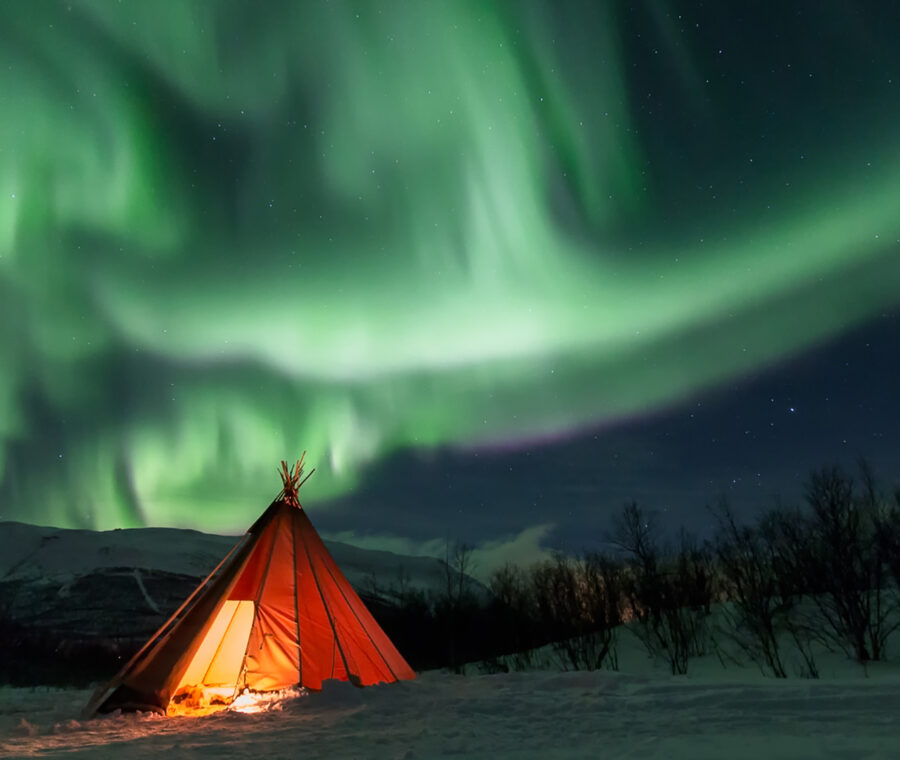
Sweden
Swedish Lapland is one of the best locations for a chance of seeing the Northern Lights.The Guidebook
What are the Northern Lights?
The Northern Lights, Aurora Borealis (Northern Hemisphere) or Aurora Australis (Southern Hemisphere) are the result of a collision of high energy particles from the sun and atoms high in the atmosphere causing them to become what is known as excited or ionised.
When these elements in the atmosphere return back to a normal state, a proton is released in the form of light, the Aurora, and this is the awe inspiring imagery that makes Northern Lights holidays such a popular bucket list experience.
Origin of the Aurora
The energy that drives the Aurora is generated by the sun and the constant release of high energy particles causing what is called the solar wind. Just like a normal wind the strength and speed of the solar wind can change, depending on what is occurring on the surface of the sun.
Solar flares can cause a high density of these particles to be directed towards Earth, creating a solar storm with high solar wind speeds. In turn this then increases the energy in the upper atmosphere causing large Northern Lights displays.
Colours of the Aurora
Auroras can come in many different colours depending on which chemical elements in the atmosphere are excited when hit by the solar wind.
The different colours seen depend on which element is interacted with, what height they are and what state they are in. If oxygen is involved then the Aurora can be green or red, nitrogen blue or red.
When is the best time to book a luxury Northern Lights holiday?
The best time of year for Northern Lights holidays are between September and March.
The Aurora Borealis is visible from nightfall to sunrise, although the best hours are typically between 9pm and midnight. While you will need to be under open, dark skies for a clear view of the Northern Lights, the Aurora is so powerful that it can still be seen under clouds.
When booking a luxury Northern Lights holiday, it is also good to consider which other winter activities you would like to do – there is a lot to choose from and this will affect where and when you travel.
Northern Lights Myths and Legends
The Northern Lights are surrounded by myth and legend. Even the modern day solar scientists openly admit that there is so much that is still not understood – continuing to fuel appetite for stories passed from generation to generation. Although the first written account of the Aurora is thought to date back to 2,600BC in China, it is a cave painting from southern France from 30,000BC which is believed to be the earliest surviving record of the phenomenon. The Bible is also believed to describe the aurora in the Old Testament *1 as well as references in ancient Greek and Roman literature*2. It’s no wonder that Northern Lights trips are so popular as it looks as though we have been fascinated with theNorthern Lights for as long as records exist.
Finnish Northern Lights Myths
According to one popular Finnish myth, magical arctic foxes sweeping their tails across the snow and spraying it into the sky is the real reason for the spectacular light show. In fact, the Finnish name for the Northern Lights even translates as ‘fox fires’.
Icelandic Northern Lights Myths
Old Icelandic folklore believed that the Northern Lights would ease the pain of childbirth. It was not all good news for mothers though – it was also thought that pregnant women looking at the Aurora would give birth to cross-eyed children.
Norse Northern Lights Myths
Norse mythology connected the Aurora Borealis with war. It was believed that the lights appeared when sunlight reflected on the shiny shields of the Valkyries who were racing across the sky on the way to their resting place, Valhalla.
Sámi Northern Lights Myths
The Sámi people traditionally lived in a vast Arctic area of northern Sweden, Finland, Norway and Russia. With an unparalleled proximity to the Northern Lights a number of legends to explain the phenomenon were passed through generations.
Believing that the lights were souls of the departed, Sámi believed in behaving solemnly and respectfully whenever the lights were in the sky. Bad fortune awaited anyone who showed them disrespect so many people chose to keep their families indoors when the lights were on display.
It was also believed that if you whistle a tune under the lights, it would summon the spirits closer and closer, until you were whisked away.
On a positive note, they also believed that the lights were also considered to have the power to aid conflict resolution.
Scandinavian Northern Lights Myths
The Scandinavian name for the Aurora translates as ‘herring flash’ as it was believed that the dancing whirls of green light were a reflection of huge schools of herring in the sea. Whenever the lights were visible, fishermen were expected to be blessed with good catches of fish.
According to Swedish legend, a winter with frequent displays of the Northern Lights served to predict a good yield of crops the following year.
In Norwegian folklore, the Northern Lights were thought to be the spirits of old maids dancing in the sky and waving at those below them.
The best travel experience ever on every level you can think of during a Lapland expedition (food, activities, timings, accommodation, transport, service, equipment…). I highly recommend Off The Map Travel for their outstanding level of professionalism and detail oriented mindset!
My family and I traveled to Sweden to see The Northern Lights in March of 2023. From the planning process to every detail of the trip, I could not have been more pleased with our experience. Alex was exceptional to work with. His guidance on the time of year, where to stay, activities to do and how to get to and from everything was spot on. I have never used a tour company before but thought a trip of this kind would be easier with some help. I am so glad that I did. The entire week was seamless and completely stress-free, allowing us to truly enjoy Sweden and our time together as a family. I will be recommending Off The Map travel to friends and family and will certainly be using them myself again in the future.
I used OTMT to organise a holiday to see the Northern Lights for my partner’s 50th birthday. They took the time to understand my priorities, the kinds of places we like to stay and the things we like to do. They recommended a fabulous itinerary in Norway centred around the Lyngen Experience Lodge. The holiday itself lived up to expectations and I have no hesitation in recommending OTMT. They listened carefully during the planning and delivered the perfect present for my partner.
Fantastic trip to Svalbard which delivered the true Arctic experience we were hoping for. The hotels were excellent and the activities – dog sledding and snowmobile expedition were lead by first class guides.
Top tip! The champagne tasting in the world’s most northerly wine cellar in the exceptional Funken Lodge is not to be missed!
We originally hired Off the Map Travel in 2020 to set up a trip to see the Northern Lights. That didn’t happen, thanks to COVID. But, we persisted and in March of 2023, we took a 16-day trip that included both Iceland and Norway. IT WAS MAGICAL! Off the Map took care of everything! We were pampered at every stage of our trip. The people they hired and the activities they planned added up to a trip that will set the standard for any we’ll ever take in the future. Alex and his team were fabulous! We recommend them without restraint!
Amy was a great help with planning this trip. Our trip turned out amazing. I also was very grateful for Off the Map’s Front Desk service, which promptly handled an on the spot issue we had.
Well-organized trip to Norway and Svalbard with great accommodations and activities. Gwen was communicative and responsive to requests. Highly recommend!
Off the Map Travel was great! Alex helped us plan the most amazing 10 day honeymoon to Iceland. He gave us great recommendations and was so patient with us during the planning process!
Exceptional service throughout the entire planning and booking process – travel agencies don’t get any better than this. A brilliant, seamless experience matched by the holiday experience itself. Would recommend ‘Off the Map Travel’ to anyone considering booking for a Nordic experience ‘par excellence’.
I would thoroughly recommend this company. Their planning and advice was spot on. Alex responded to my calls and emails very promptly. I will definitely use them again for future trips.
Amy planned a fantastic trip! Everything was very well-thought out. All transfers went smoothly, accommodations were amazing, great restaurant recommendations and the tours were once-in-a-lifetime, can’t book it yourself off the internet experiences. The guides were all fantastic. Communications were prompt and everything worked exactly the way it was supposed to. What a pleasure! Already working on our next trip.
